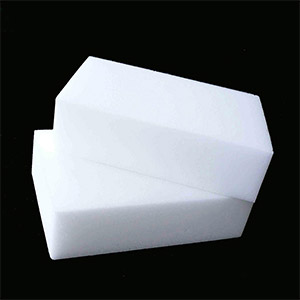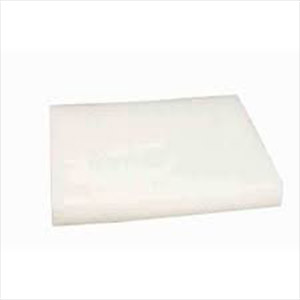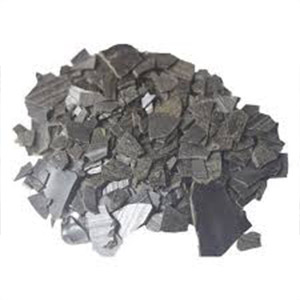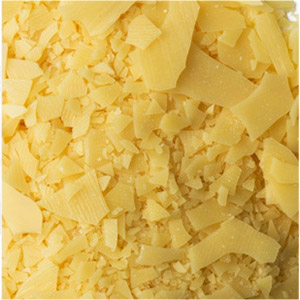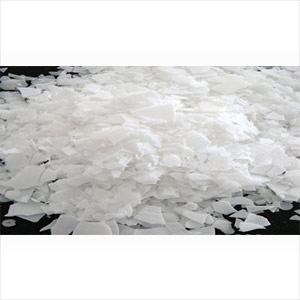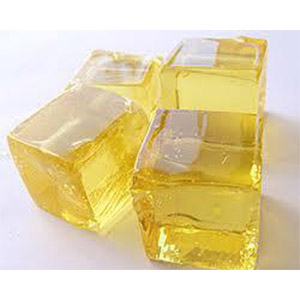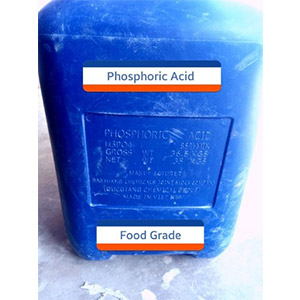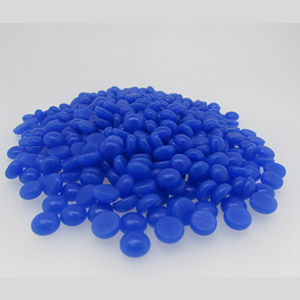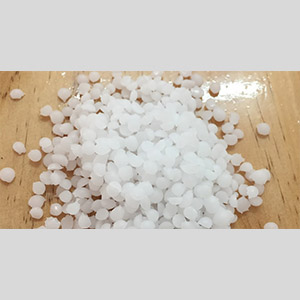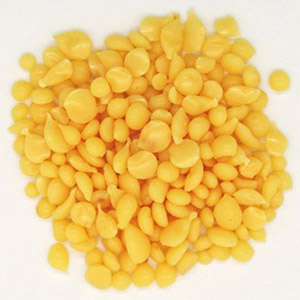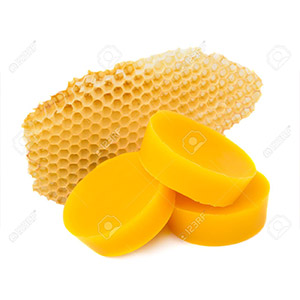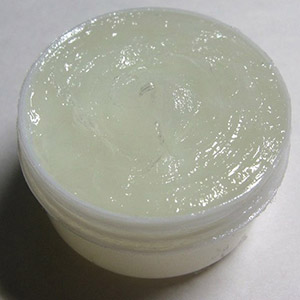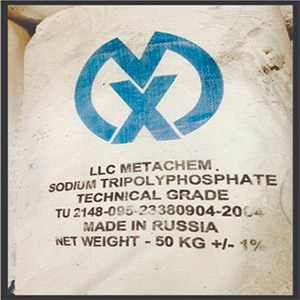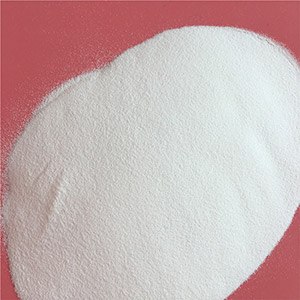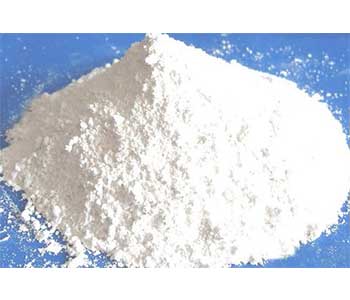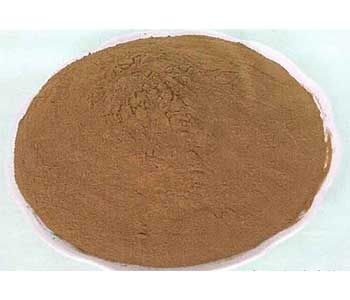Quick Enquiry
Paraffin Wax
Paraffin wax (or petroleum wax) is a soft colourless solid, derived from petroleum, coal or shale oil, that consists of a mixture of hydrocarbon molecules containing between twenty and forty carbon atoms. Common applications for paraffin wax include lubrication, electrical insulation, and candles; dyed paraffin wax can be made into crayons.
View DetailsMicrocrystalline Wax
Microcrystalline WaxMicrocrystalline waxes are a type of wax produced by de-oiling petrolatum, as part of the petroleum refining process. It is characterized by the fineness of its crystals in contrast to the larger crystal of paraffin wax. The elastic and adhesive characteristics of microcrystalline waxes are related to the non-straight chain components which they contain. Typical microcrystalline wax crystal structure is small and thin, making them more flexible than paraffin wax. It is commonly used in cosmetic formulations.
View DetailsMontan Wax
Montan wax, also known as lignite wax or OP wax, is a hard wax obtained by solvent extraction of certain types of lignite or brown coal. Commercially viable deposits exist in only a few locations. It is used for making car and shoe polishes, paints, carbon paper, phonograph records and as lubricant for moulding paper and plastics
View DetailsCarnauba wax
Carnauba, also called Brazil wax and palm wax, is a wax of the leaves of the palm and grown only in the northeastern Brazilian states. It is known as "queen of waxes" and in its pure state, usually comes in the form of hard yellow-brown flakes. Carnauba wax can produce a glossy finish and as such is used in automobile waxes, shoe polishes, dental floss, paper coatings, cosmetics formulas, food products such as sweets, instrument polishes, and floor and furniture waxes and polishes, especially when mixed with beeswax and with turpentine. It comes in three grades T1, T3 and T4.
View DetailsPolyethylene wax
PE WAX is polyethylene homopolymer wax, an excellent and consistent ingredient for end formulations to improve product physical appearance and thermal properties for a broad range of industries, including hot melt adhesives, PVC, colour masterbatches, rubber and thermoplastics road markings, etc
View DetailsGum Rosin
Gum RosinRosin is a solid form of resin obtained from pines and some other plants, mostly conifers, produced by heating fresh liquid resin to vaporize the volatile liquid terpene components. It is semi-transparent and varies in colour from yellow to black. It becomes sticky when warm and has a faint pine like odour.
View DetailsPhosphoric Acid
Phosphoric acid is a weak acid. It is normally encountered as a colourless, syrup of 85% concentration in water. The pure compound is a colourless solid. The dominant use of phosphoric acid is for fertilizers, consuming approximately 90% of production. Food-grade phosphoric acid is used to acidify foods and beverages such as various colas and jams, providing a tangy or sour taste.
View DetailsJewellery wax
Jewellery wax is a specially designed wax used in the creation of jewellery pieces through the lost wax casting process. ... After the wax model of the piece is complete, it is covered with plaster investment and burnt away or "lost." The void left behind from the melted wax is the mould for the molten metal when cast.
View DetailsOzokerite Wax
Ozokerite Waxes are today defined as blends of hydrocarbon waxes. The name is a reference to its origin as a wax by-product of bituminous coal mining operations in Eastern Europe. Ozokerite Wax is generally a white, crystalline, odorless and tasteless solid.
View DetailsCandellia Wax
Candelilla wax is a wax derived from the leaves of the small Candelilla shrub native to northern Mexico and the southwestern United States. It is yellowish-brown, hard, brittle, aromatic, and opaque to translucent. It is mostly used mixed with other waxes to harden them without raising their melting point. As a food additive, candelilla wax has the E number E 902 and is used as a glazing agent. It also finds use in cosmetic industry, as a component of lip balms and lotion bars. One of its major uses is as a binder for chewing gums.
View DetailsBees wax
Beeswax is a natural wax produced by honey bees. The wax is formed into scales by eight wax-producing glands in the abdominal segments of worker bees, which discard it in or at the hive. Beeswax is used commercially to make fine candles, cosmetics, pharmaceuticals, polishing materials and as a component of modelling waxes. It is commonly used during the assembly of pool tables to fill the screw holes and the seams between the slates. It is also used as a coating for cheese, to protect the food as it ages.
View DetailsPetroleum Jelly
Petroleum jelly, petrolatum is a semi-solid mixture of hydrocarbons originally promoted as a topical ointment for its healing properties. After petroleum jelly became a medicine chest staple, consumers began to use it for many ailments, as well as cosmetic purposes, including toenail fungus, genital rashes (non-STD), nosebleeds, diaper rash, and chest colds
View DetailsSodium Tri Poly Phosphate
Sodium triphosphate is an inorganic compound. It is the sodium salt of the polyphosphate penta-anion, which is the conjugate base of triphosphoric acid. It is produced on a large scale as a component of many domestic and industrial products, especially detergents and ceramic tiles.
View DetailsPVC Resin
PVC is an acronym for polyvinyl chloride. A resin is a material often used in the production of plastics and rubbers. PVC resin is a white powder commonly used to produce thermoplastics. ... Products made with PVC resin include bags, windows, and pipes
View DetailsTitanium di Oxide
Titanium dioxide is the naturally occurring oxide of titanium, chemical formula TiO. Generally, it is sourced from ilmenite, rutile, and anatase. The most important application areas are paints and varnishes as well as paper and plastics, which account for about 80% of the world's titanium dioxide consumption. Other pigment applications such as printing inks, fibers, rubber, cosmetic products, and food account for another 8%. The rest is used in other applications, for instance the production of technical pure titanium, glass and glass ceramics, electrical ceramics, metal patinas, catalysts, electric conductors, and chemical intermediates
View DetailsSodium Lignosulphonate
Sodium lignosulfonate is used in the food industry as a de-foaming agent for paper production and in adhesives for items that come in contact with food. It has preservative properties, and is used as an ingredient in animal feeds. It is also used for construction, ceramics, mineral powder, chemical industry, textile industry (leather), metallurgical industry, petroleum industry, fire-retardant materials, rubber vulcanization, organic polymerization
View Details